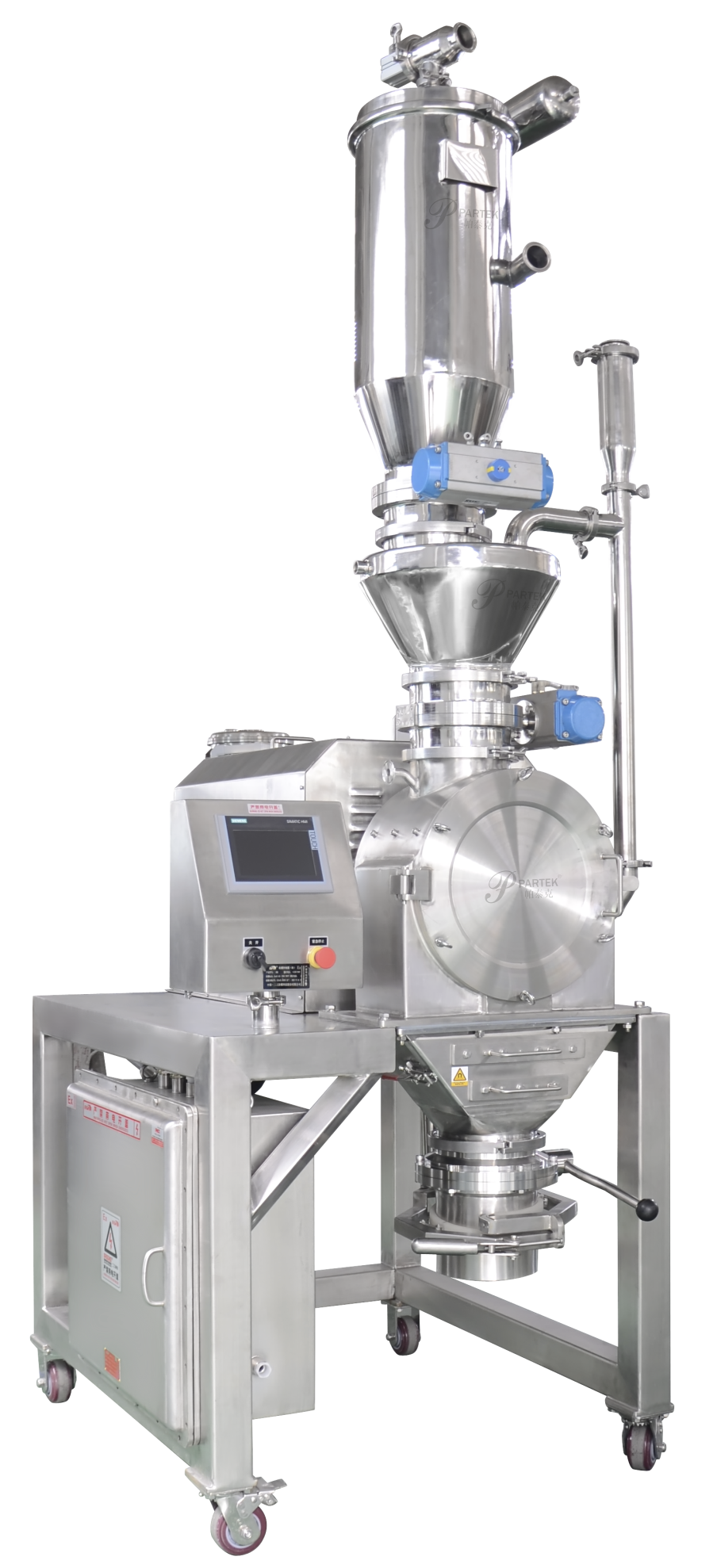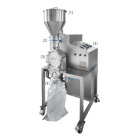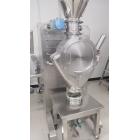



Introduction
Material is evenly fed into the milling chamber through a rotary valve. Under the high-speed rotation of the milling blades, the material is rapidly reduced to the desired particle size through shearing and impact.
Work principle :
This equipment can be connected to a vacuum feeder for continuous feeding. A pneumatic rotary valve enables periodic material input. Inside the milling chamber, a single-shaft multi-blade rotor applies high-speed shearing and impact forces to break down the material. Multiple sieves with various mesh sizes (up to 200 mesh) are installed inside the chamber to ensure the required milling precision. A transfer hopper can be connected below the outlet to convey the milled material to the next processing station, enabling continuous operation.
Features
1.No contamination to the material.
2.No material adhesion on the housing; easy to clean.
3.Flexible and modular design.
4.Equipped with automatic protection against overheating and overloading.
5.Rotational speed up to 2500–6000 RPM.
6.Fast disassembly and replacement of rotor and screen; easy to clean, safe, and reliable.
The rotor and screen can be quickly and conveniently removed through the front cover.
 |
 |
| CFJ-12 Hammer Mill | Internal Structure of the Milling Chamber |
The rotor and screen can be quickly and conveniently removed through the front cover.Design advantages include: precise sieving control, consistent throughput, easy disassembly, simple cleaning, and enhanced operational safety.
Parameter
|
|
CFJ-6 |
CFJ-12 |
CFJ-15 |
|
|
Output |
Kg/h |
200~300 |
400~800 |
600~1000 |
|
Power |
KW |
4 |
5.5 |
7.5 |
|
Dimension |
L×W×H(mm) |
700×800×1200 |
800×800×1350 |
900×800×1400 |